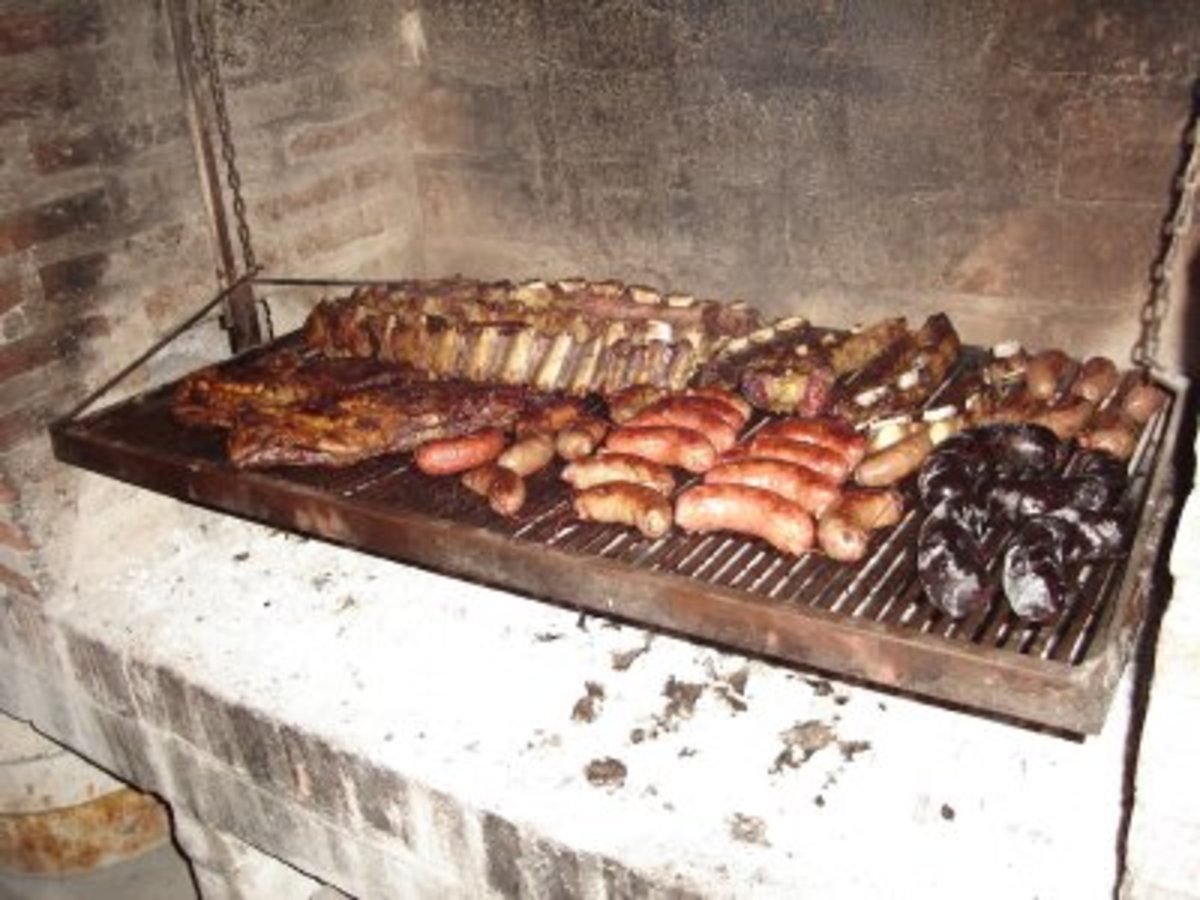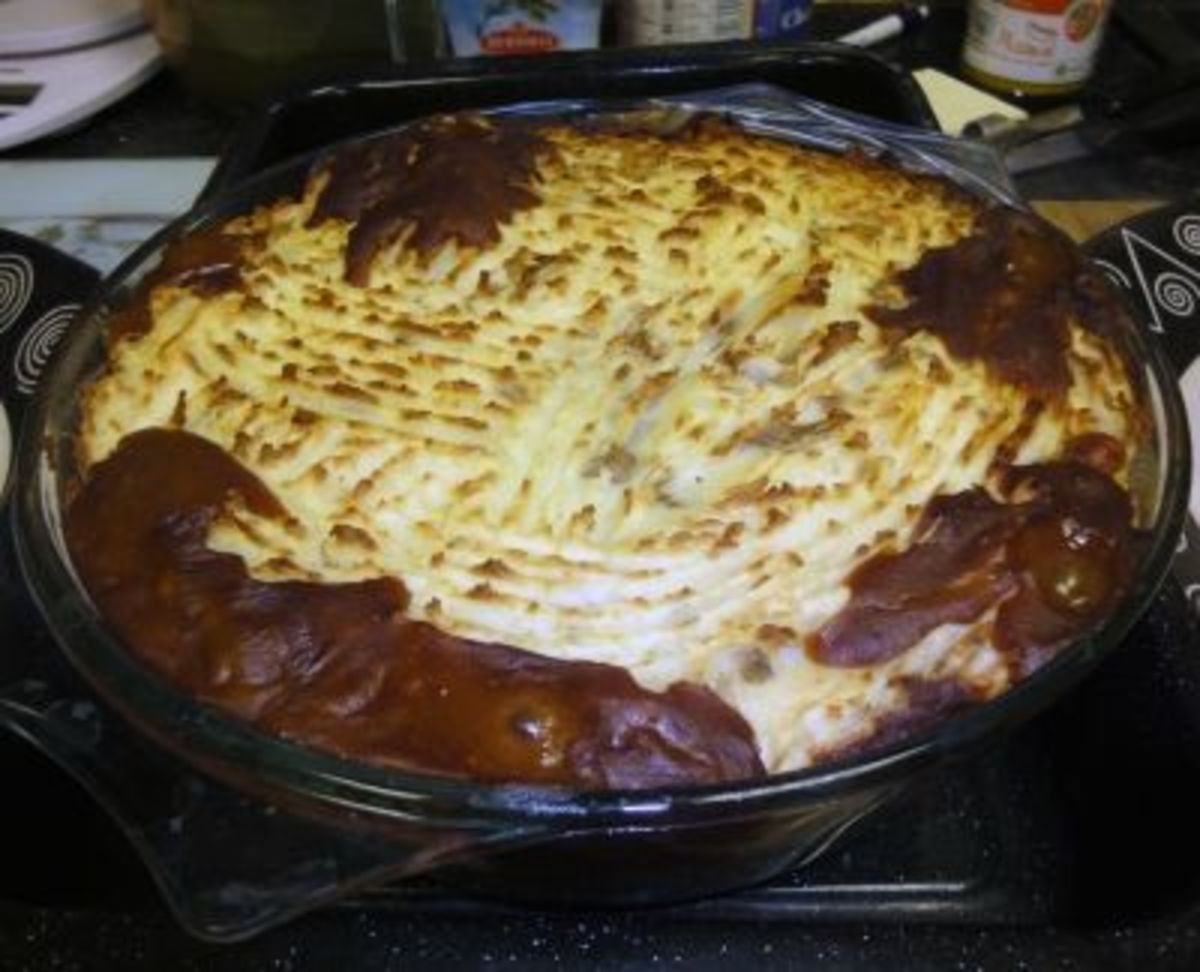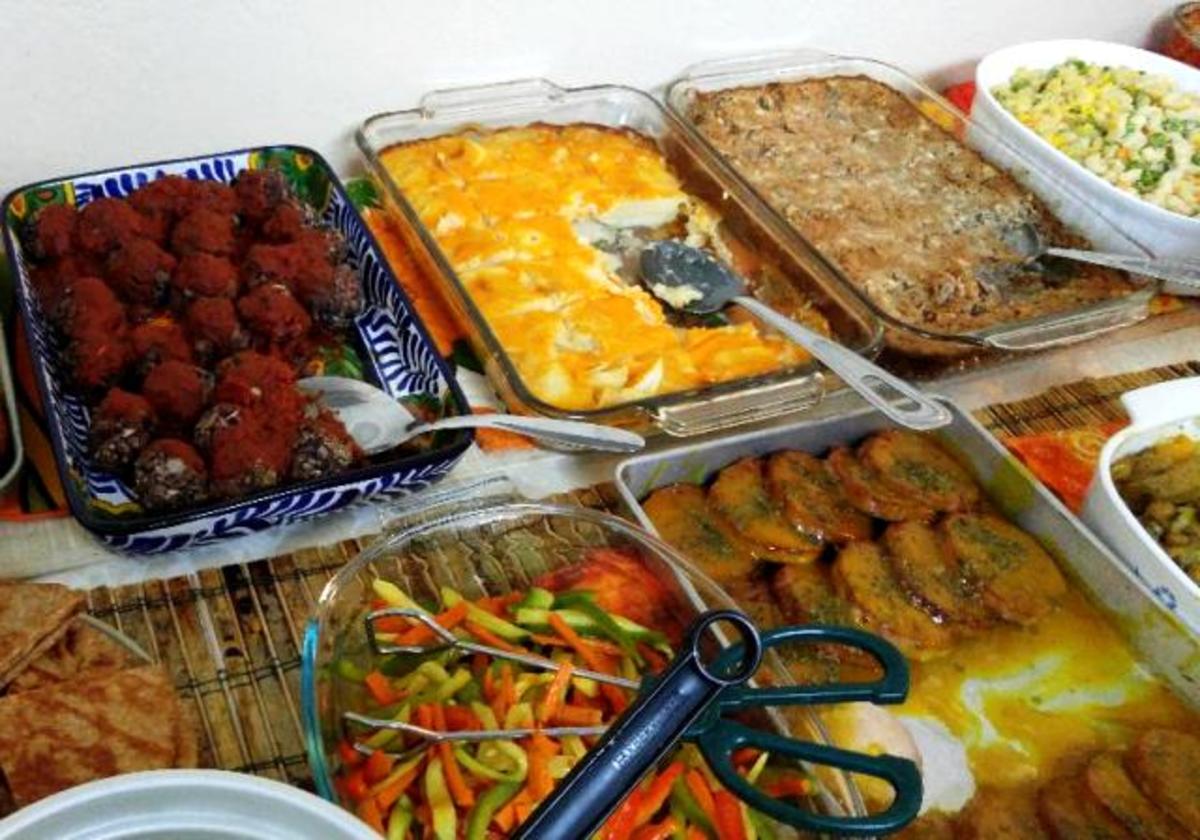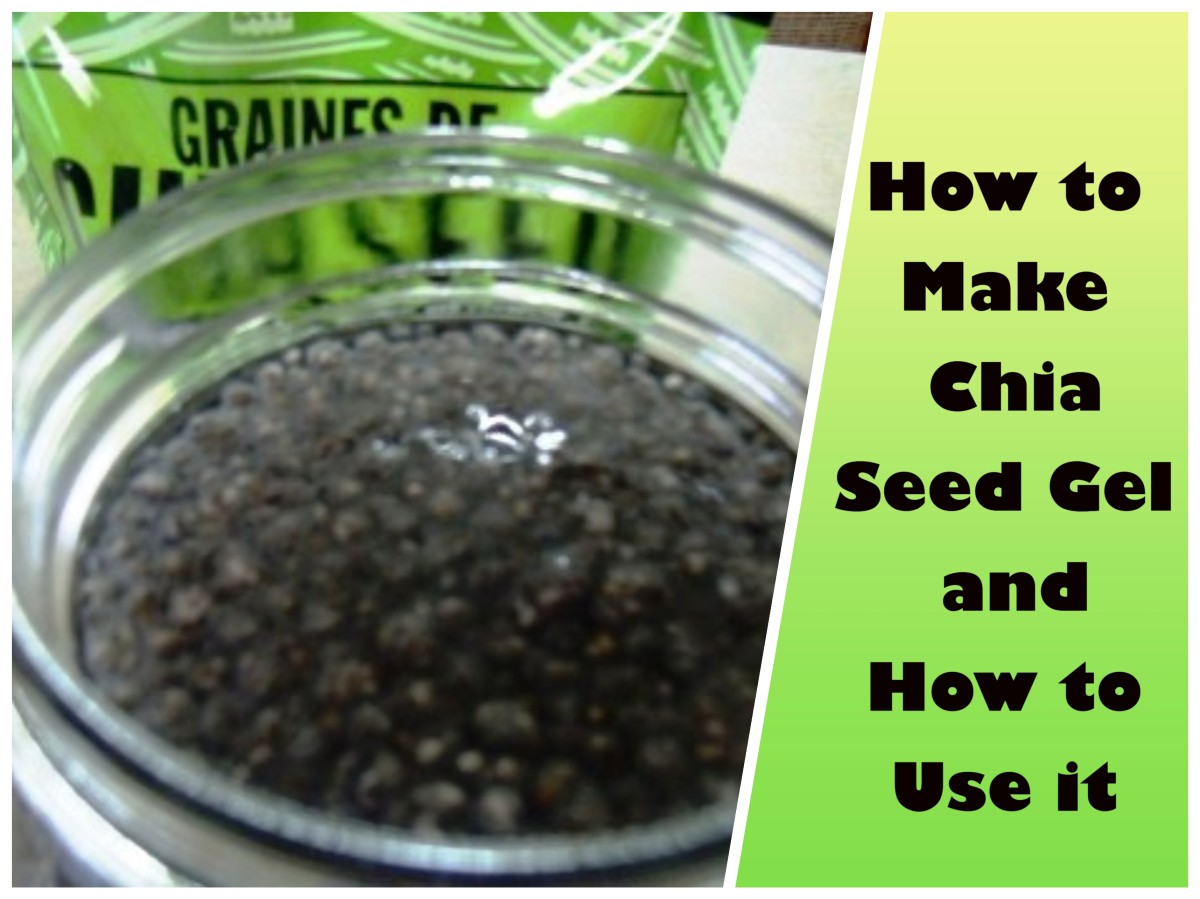Vegetarian Barbeque Equipment
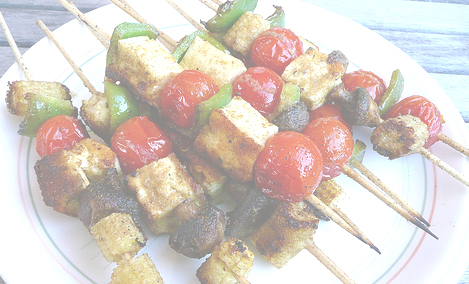
If you are investing in a new barbeque, possibly exclusively for vegetarian use if you already have a meat-encrusted one in the household, there are a number of things to bear in mind. Then you need to collect the various tools and consumables you are going to use to make your vegetarian barbeque a huge success! Don’t worry, you probably already have a lot of the things you will need.
Choosing a Barbeque
The first choice to be made is between gas and charcoal.
The advantages of charcoal are that it is cheap, universally available, safe to store and transport, and also that it imparts a lovely authentic smoky taste to your food. The range of actual barbeque equipment available for charcoal type fuels is very wide, from tiny disposable grills up to huge party-sized monsters at the other end of the spectrum. The downside is that it takes a long time to reach cooking temperature, you cannot cook on the coals for at least 20 minutes – ideally 30 - and that it’s rather messy to handle, both before and after.
You can’t adjust the heat up and down on a charcoal grill, or really control it – it’s truly cooking rather more ‘back to nature’ than we are used to in modern kitchens, in fact a flame with food held over it is basically the world’s oldest way of cooking. Lots of people feel this is what barbequeing is really all about. Mastering the coals, (it’s a bit of guy thing sometimes, maybe harking back to those caveman days), and drawing people together around a source not only of food but also of heat and light.
It’s also a familiar way of cooking to anyone used to working with an Aga or hotplate – you don’t adjust the heat source, you move things closer to or farther from it. This is a technique that can be learned, and great control and effectiveness can easily be achieved once the differences are understood and accepted. Other people find the lack of control and sensitivity frustrating and confusing however, and it can’t be purely a listeria-control factor that ensures a lot of food traditionally comes off the barbeque seriously burned on at least one side!
Gas grills are a lot more expensive, but if you intend to barbeque a lot they are a good investment - if well-cared-for it should last you years if you buy a good one. And because they reach cooking temperatures far more rapidly you probably will use it more often and spontaneously, you pretty much just turn it on and start cooking, same as in the kitchen.
They don’t give your food that woodsmoke taste but you get the same crispy grill marks! But you can control the temperature and cooking speed by adjusting a knob rather than moving the food around, which is the way most of us are used to doing things. You need to handle the fuel with respect and they tend to be large, non-portable devices - indeed some are vast with multiple racks and plates for cooking on. But other than initial costs these drawbacks are few and minor.
There’s also a less common option of an electric grill, which has a lot of the advantages of gas in terms of ease of use and control, and with no open flame they are the greenest and cleanest by far. Obviously the cable limits range of use, you won’t be taking one of these to the beach, but on the terrace it might be a great option.
If you are cooking on a flame, the actual grill grates make a difference to your cooking too. Cast-iron grates do a good job of retaining heat, so they're a solid choice for searing vegetables quickly – obviously they’re designed to seal meat though and may be more than you need for veggie food. Sometimes cast iron grates are coated in porcelain, if not then they must be oiled to prevent rust. Porcelain-coated steel grates are not quite as effective at retaining heat, but much easier to clean up afterwards, and great for vegetarian cooking. Heavy-gauge stainless steel is excellent because it retains heat well, is extremely durable and will not rust. Best of all, it's very easy to keep clean and doesn’t get as crusty as cast iron. Sometimes grates are small enough and designed to come off and go in your dishwasher, which makes the whole after dinner cleanup so much easier! Heavy-gauge nickel or chrome-plated aluminum cooking grates are common for gas barbeques.
Many larger gas and solid fuel barbeques come with huge lids and rotisserie ovens, but as you are not going to be roasting carcasses this might not be an attractive option, as it adds to both cost and storage size. Extra space generally though is a good thing – fold out tables, shelves, drawers – barbequing for any large numbers seems to involve an incredible amount of surface area requirement, for ready to cook food, cooked food, tools, marinades, gloves, your drink… you really can’t have too many places to put things.
If you are choosing charcoal, a chimney starter hood is a cheap handy accessory that gets your fuel heated faster, starts it all going well without the need to slop lighter fluid or worse around everywhere, and contains a lot of the initial fumes as well. Many people have success making their own from an old beer or coffee can as well.
Cooking tools and accessories
Once you have sorted out your barbeque/grill, you are going to need some other tools of the trade.
Skewers
Skewers are very useful for making kebabs, using veggies and other ingredients. Wooden skewers are cheap and disposable and very easy to use, but you do need to remember to soak them thoroughly first in a jug or tray of water, as they are in danger of combustion on your grill otherwise and might well snap as you lift the food off.
Metal skewers are better than wood at conducting the cooking heat directly into the heart of the food. Of course you are not in danger of salmonella poisoning so much as your carnivore friends, but denser veg in particular will benefit from this extra help to cook evenly throughout. Remember they will be impossibly hot to handle on removal from the grill though (see gloves, below..!)
Flat skewers can be useful for turning food over so that it cooks evenly on at least two opposite sides. One problem with some veggie ingredients is a high water content, so something like a mushroom will shed so much volume that they will actually become quite loose on the skewer and in danger of just staying put whilst it’s being turned… one way to counteract that is to wedge mushrooms in quite tightly between bits of more rigid food, allowing for it to collapse a bit, so that the whole thing hopefully turns around as one. Sometimes food can be stabilised and more easily turned and lifted on an off if you use 2 or more skewers – you can also do clever stuff with vegetarian sausages and 3 skewers, interspersed with vegetables like peppers and mushrooms, together locked into a kind of grid for grilling.
If you have access to a rosemary bush you can also make delicious rosemary skewers – snip of long straight stems around 10 inches long, and strip the needles away except for the last couple inches. The stripped needles can be dried for future use, included in marinades, or sprinkled on the glowing charcoal just before you start cooking for extra aromatic intensity! The skewers are great for any veggie mix, but stiffer veg may benefit from being pierced first with a sharper metal or wooden skewer before threading onto the rosemary. Bit of a palaver but well worth it for the flavour and visual impact, and if they are freshly cut from the bush they shouldn’t need presoaking however woody they seem.
Tongs and utensils
You’ll need some tongs for lifting food on and off the grill, especially as vegetables tend to go on the barbeque stiff and come off floppy. A heatproof spatula or two will be a godsend, either metal or silicone, and some long handled forks for turning. One very handy utensil you may find in a specialist barbeque shop is a pair of tongs with a spatula on one side, ideal for turning fragile veggie burgers and carefully removing oozing stuffed mushrooms once they’re done.
Other accessories
One incredibly useful thing to invest in is a double sided grilling screen or basket, comprised of two bits which lock together with the food inside. Vegetarian burgers in particular, not containing animal proteins which coagulate on heating, tend to be far less cohesive and are inclined to lose their shape and go a bit crumbly – this applies especially to vegan burgers and patties which contain no egg. We’ve got some great recipes that do hold their shape well, but they will always be less robust than a lump of ground up flesh, (as well as far more moist and tender of course), so they’re really not conducive to flipping – the double sided mesh screen is the perfect solution. They also make turning a batch of kebabs a piece of cake too! It’s easy to remove batches of food as they are done, or whip them away from a flare-up, in fact you can even use them on their own when camping or picnicking over an open fire when no grill is available.
Another tool that is handy for veggie barbecues is a basket or ‘BBQ pan’, which is great for cooking small bits of veg that would otherwise have to be painstakingly threaded on to skewers first. In a basket they can be flipped and tossed without losing anything delicious, and can help to make outdoor family meals quick and spontaneous – carefully assembled kebabs are great for impressing guests but sometimes you just want to get on and cook a family dinner without too much fuss, and these pans are just great for that.
Other things you will find useful are small dishes and brushes for basting – vegetarian food isn’t going to release loads of its own fatty juices as it cooks, so you will need to help out to stop your food going dry. A long handled basting brush (one for each marinade), either silicone or fibre, will let you keep your hands safely back from the flames and heat whilst you do it. But you can always simply spoon the marinade directly over the food instead.
To get your food on and off the grill it certainly helps to have some good heatproof gloves, the gauntlet-style ones protect your wrists and forearms from hot bars, but avoid the rigid silicone ones that don’t really allow you to pick up anything smaller than a casserole pan as barbequing demands rather more dexterity than that. And an apron (with pockets for your gloves) protects your party clothes too – our food doesn’t hiss and spit like meat but there is no such thing as a wholly mess-free barbeque.
Finally, you need more plates, trays and cutlery than you first thought. This is a universal law of cooking away from the normal comfort zone of your kitchen, especially when larger numbers and guests are involved. Any spare folding tables or benches will be usefully pressed into service as your workflow of prepared food ready to go on, work-in-progress things on the grill with matched marinades etc, then done stuff ready to serve, threatens to take over an unprecedented surface area, as your abundant feast develops before you.
Read more about Vegetarian Barbequeing...
- How to host a BBQ for vegetarian friends
Most people usually associate BBQs with large chunks of marinated meat being cooked onto a hot barbecue. So, when you hear you have a vegetarian coming along to your next barbecue, what do you do? Stay... - Vegetables on the Barbeque
Barbequeing vegetables Who says barbequing is all about meat...? The absolute simplest vegetarian barbeque consists simply of delicious fresh vegetables, perhaps lightly marinaded, then simply dropped... - Vegetarian and Vegan Barbecue Food Recipies
Hosting a barbecue. Great tasting recipies for Vegans and Vegetarians Why should vegetarians and vegans miss out on all the fun during the long hot summer? Outdoor eating in the garden is one of the best...


